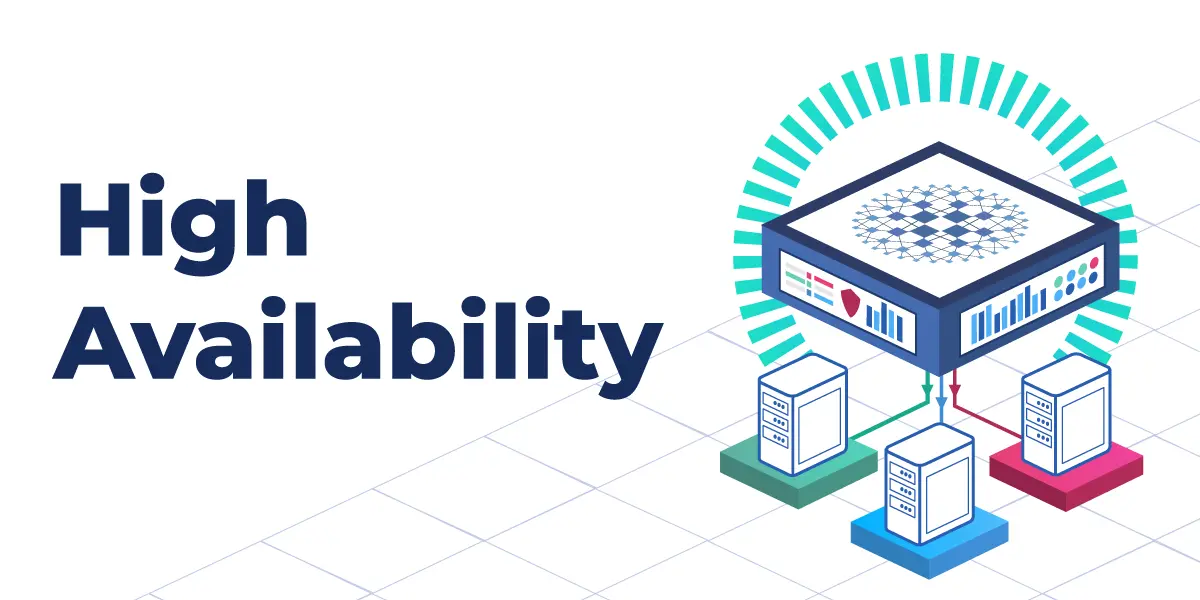Availability in Distributed Systems
Understand the concept of availability in distributed systems, its importance, challenges, and various models.
Definition
Availability is the guarantee that the distributed system is operational and responsive to client requests. Every request sent to a non-failing node should receive a non-error response within a reasonable time, though the response might not reflect the absolute latest data state (depending on consistency guarantees).
Importance
High availability is critical for user satisfaction and service-level objectives (SLOs). Many applications (e.g., social media, online banking, SaaS platforms) must be accessible 24/7. Low availability can cause lost revenue and trust. In architecture, availability drives designs like multi-region deployments, failover strategies, and graceful degradation. Unlike reliability, which is about correctness, availability is about liveness: even if data is slightly out-of-date, an available system still responds to user requests.
Availability in Sequence vs Parallel
If a service consists of multiple components prone to failure, the service’s overall availability depends on whether the components are in sequence or in parallel.
Sequence
Overall availability decreases when two components are in sequence.
\[Availability_{Total} = Availability(A) \times Availability(B)\]For example, if a service has two components A and B, and A has 99.9% availability while B has 99.5%, the overall availability is:
\[Availability_{Total} = 0.999 \times 0.995 = 0.994505\]This means that the service is only available 99.45% of the time, which is significantly lower than the availability of either component alone.
Parallel
Overall availability increases when two components are in parallel.
\[Availability_{Total} = 1 - (1 - Availability(A)) \times (1 - Availability(B))\]For example, if a service has two components A and B, and A has 99.9% availability while B has 99.5%, the overall availability is:
\[Availability_{Total} = 1 - (1 - 0.999) \times (1 - 0.995) = 0.999995\]This means that the service is available 99.9995% of the time, which is significantly higher than the availability of either component alone. This is because if one component fails, the other component can still handle requests, ensuring that the service remains available.
Challenges and Trade-offs
Achieving high availability in distributed systems involves mitigating failures and maintenance downtime:
- Redundancy and Failover: Like reliability, availability uses redundant components (servers, databases, network paths). For instance, deploying services in multiple Availability Zones (AZs) in AWS means that if one AZ fails, others serve traffic. However, redundancy increases cost and complexity.
- Maintenance and Upgrades: Systems must allow rolling upgrades or hot swaps so that taking a node down for maintenance doesn’t bring the service offline. Kubernetes, for example, can drain pods one at a time to avoid downtime.
- Consistency vs Availability: Per the CAP theorem, partitioned systems must choose consistency or availability. Many distributed databases (e.g., Cassandra, DynamoDB) choose to remain available at the cost of immediate consistency (they are AP systems). Others (e.g., Google Spanner, MongoDB) choose consistency (and hence become unavailable during some partitions) to avoid stale reads.
- Latency and Load Balancing: Ensuring availability under load often requires load balancers and auto-scaling. But under extremely high load (e.g., DDOS, traffic spikes), even well-scaled systems may slow or fail. Architectures must account for peak loads.
- Complexity of Distributed Coordination: Mechanisms that improve availability (like consensus groups) themselves have failure modes. For example, a split-brain scenario in leader election can momentarily make parts of the system unavailable until resolved.
Techniques to Improve Availability
Improving the availability of a distributed system involves reducing downtime and ensuring the system continues to function even when components fail. Here are key techniques to achieve higher availability:
1. Redundancy
- Deploy
multiple instancesof services (horizontal scaling). - Use replicated data storage (e.g.,
master-slave or multi-masterreplication). Avoid single points of failure.
2. Failover and Recovery Mechanisms
Automatic failoverto backup nodes or systems.Health checks and watchdog servicesto detect and replace unhealthy components.Graceful degradation(partial service still works if full service is down).
3. Geographic Distribution
- Deploy services across
multiple regions or availability zones. - Use
anycast IPs or geo-aware DNSto route users to the nearest healthy server.
4. Load Balancing
Distribute requestsacross multiple servers to avoid overloading.- Use
smart load balancersthat detect and avoid unhealthy nodes.
5. Data Replication and Partitioning
- Use
consistent and partition-tolerant data stores(e.g., Cassandra, DynamoDB). - Apply
quorum-based reads/writesfor higher consistency without total downtime.
6. Graceful Handling of Failures
- Use
circuit breakersandretries with backoffto avoid cascading failures. - Implement
timeoutsandrate limiting.
7. Monitoring and Alerting
Real-time system monitoringto detect issues early.Alerting mechanismsfor quick human intervention if needed.
8. Versioning and Safe Deployments
- Use
blue-green or canary deploymentsto minimize impact from faulty updates. Rollback mechanismsin case of deployment failures.
9. Stateless Services
Design services to be statelesswhen possible to alloweasy replicationandreplacement.- Store state in reliable external systems (e.g., distributed caches, databases).
10. Chaos Engineering
Intentionally inject failuresto test resilience (e.g., using Netflix’s Chaos Monkey).- Helps ensure the system behaves correctly under failure conditions.
